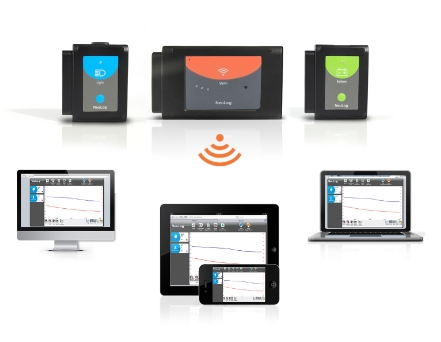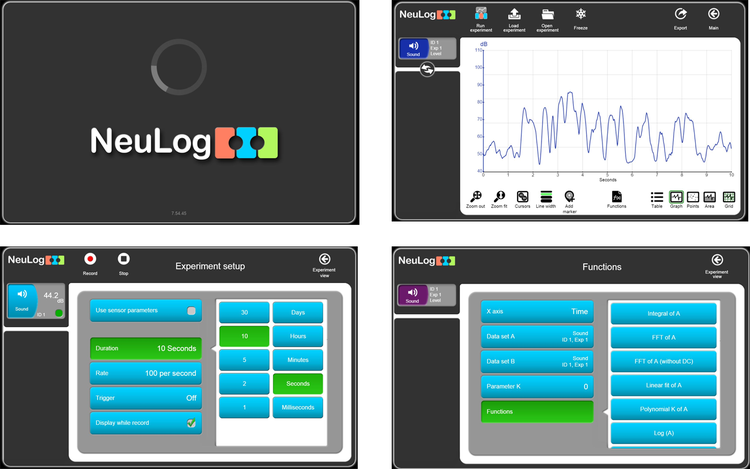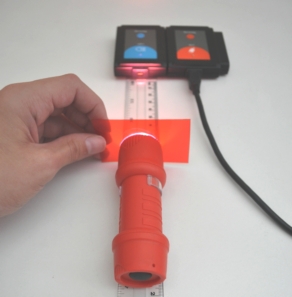Introduction to Panda
da ga truc tiep hom nay – câu lô mb – da ga trực tiếp – câu lô mb chot lo to.com cau mb hom nay – du doan mb -cầu lô miễn phí – cầu lô miễn phí – cau mb hom nay
da ga truc tiep hom nay – câu lô mb – da ga trực tiếp – câu lô mb chot lo to.com cau mb hom nay – du doan mb -cầu lô miễn phí – cầu lô miễn phí – cau mb hom nay
“Data logging has been around in schools for many years. Most data-loggers have functioned in similar forms, with connections via a serial port to a computer and onto a sensor or two. The new Edulogger claims to be the ‘simplest, fastest and most advanced system available’, so was it?” |
|
|
“The computing centre of the suite of sensors is very flexible; any from a tablet, mobile phone or PC can be used as the computational core. The software is either a browser interface or on a PC can be a dedicated piece of software, which is similar in layout. The tablet software is very easy to use. Using a WiFi transmitter, the data can be streamed as part of its own network or integrated into an existing WiFi router. Using its own internal WiFi system is very easy; allow your tablet or computer to access the access point, open a browser and point it to the wifi201.com site and you are off. Once I had found out how to access the WiFi transmitter, the manual was redundant!” |
 |
The software
“Starting the software with the WiFi bridge in place opens up the welcome screen, which leads onto a screen with the modules installed on the left hand side and data being graphically displayed on the left. By clicking on the sensor icon, the software allows a customisable menu with access to recording times, number of points to be recorded per unit of time and triggers. This is a very impressive line up on a tablet computer.” |
 |
In conclusion….
“Overall I would certainly invest in this apparatus myself. The logging speed is indeed impressive as is the general layout of the logging screen and the clever use of a browser type interface.” |
|
Check out this demonstration of respiration and photosynthesis.#photosynthesis pic.twitter.com/fZtuTo5xrt
— NeuLog (@NeuLog_Sensors) July 8, 2016
05/26/2016
One of the first sensors I worked with was the light sensor. It is amazing how this sensor can be used in so many fields of science. I started by creating experiments that teach the most basic principles of light.
The Light and Dark Colors experiment demonstrates the principle of light reflection and absorption. When visible light (that contain all the colors), completely reflects from an object, this light appears white. When the object completely absorbs all the light, it is recognized as black. This was done by projecting light on white, grey and black papers and measuring the reflected light. One of the responses I received from teachers is that young students finally understood why it is not a good idea to wear a black shirt on a sunny day.
Projecting Light on a white paper and measuring the reflected light.
The second experiment I want to tell you about is a really fun one, Colors of Light. In this experiment, you combine color filters and colored flashlights in order to detect the light coming through the filters. As an example, a red filter transmits (and reflects) mostly red light and absorbs the rest, while a blue filter does the same with blue color. So what will be the light intensity if we place a red filter on a blue flashlight? Conduct the experiment and you’ll see (and measure of course!).
 Colorless flashlight with red filter
Colorless flashlight with red filter
At the end of the experiment, you will find some fun educational activities you can do with the colored flashlights and filters (those items are included in our Light kit).
What’s great about this sensor is that it has three different ranges of light intensity. This way, you can choose the best range according to your experiment. When measuring light outdoors I like to use the 0 to 150,000 lx range (like in the Rayleigh Scattering experiment). When I measure light in a dim room (like in the Light and Shadow experiment) I use the 0 to 1000 lx range. For the rest of the experiments I use the middle range (0 to 6000 lx).
Sensors that work great along with this sensor:
• UVA
• UVB
• Temperature
For Chemistry, Biology, and Environmental Science
|
Utility kit experiments:
Chemistry:
Biology:
 |
Diffusion in Biology B-2 |  |
Enzyme Activity B-7 | ||||
 |
Respiration of Germinating Seeds B-11 |  |
Emotional Stress Measurement B-37 | ||||
 |
Monitoring Yeast Growth B-38 | ||||||
Environmental Science:
 |
Properties of Sea water and Fresh water E-1 |  |
Measuring Dew Point E-5 | ||||
For Physics
|
Sound kit experiments:
 |
Sound Beats P-22 |  |
Exploring Sound P-26 | ||||
 |
Sound Isolation P-29 |  |
Sound waves P-33 | ||||
For Physics
|
Pulley kit experiment:
 |
Pulley System P-8 | ||||||
For Chemistry and Biology
|
Oxygen and Carbon dioxide kit experiments:
 |
Combustion C-5 |  |
Acid Rain C-8 | ||||